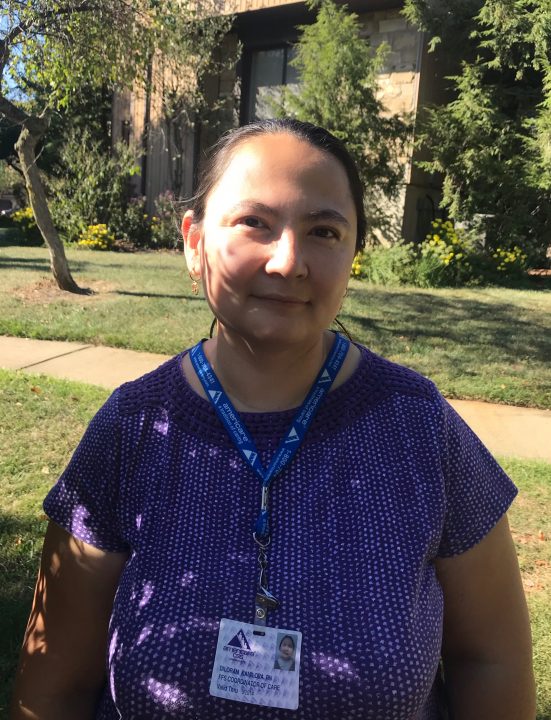
Pediatric-specialist RNs know that autism spectrum disorder (ASD) diagnoses are on the rise — an observation proven by data, as the detection of ASD has tripled in 15 years.
A child with ASD typically has symptoms and needs that put severe, all-consuming strains on an entire family. Home care nurses, therapists and home health aides are especially well positioned as a team, practicing within the household environment, to treat or prevent ASD-associated chronic conditions or injuries.
These teams also arrange for necessary therapies, educate families on coping tactics, and provide critical interventions when a child has a complex ASD diagnosis, as so many do (as many as 1 in 59).
Diloram Kamilova, RN, of Americare Certified Special Services – which operates in all five boroughs of New York City, on Long Island and in Westchester – is taking charge of this work headlong, helping to train and educate her peers through evidence-based practices and interventions for ASD.
“I find working with the pediatric autistic population rewarding and fulfilling,” she says. “I feel that I can make a difference by empowering families and caregivers, educating them to love, care and accept kids with autism.”
Why Home Care?
For an ASD-diagnosed child, routine is fundamental. Predictable routines help with symptom management and provide a sense of order that helps families manage a child’s severe, life-limiting stresses.
The home care environment is a place where routines can best be controlled, especially so under the guiding hand of an RN or other caregiver attuned and responsive to the needs of children with complex social and behavioral conditions.
In the June edition of this newsletter, HCA reported on some of the major challenges in pediatric home care broadly. We cited a Health Affairs article which found that only 2% of Medicaid spending for children with medical complexity has gone to home care, along with other challenges in program alignment for pediatric home care.
As Kamilova’s work reveals, the broader challenges for pediatric home care delivery are yet further apparent in the care provided to special populations, like children with ASD diagnoses. Her work to overcome these challenges is especially important, given the promise that these efforts hold in achieving better outcomes for children and their families, including all of the 250 pediatric patients served by Americare’s home care program alone.
Children with autism spectrum disorders require a very structured care regimen to limit stress and emotional outbursts. The majority of these pediatric patients also have some degree of hyperactivity which requires constant supervision from home health aides and other staff at a time when the home care system is overburdened by chronic workforce shortages.
Training and care-management solutions
Even amid these challenges, Kamilova has trained Americare’s direct-care teams to look at a range of possible solutions and intervention tools. These include assigning a permanent aide, where possible, to create structure, familiarity and predictability for an ASD-diagnosed child.
Other solutions draw on observation skills-training to help clinicians realize the need for environmental safety modifications in the home, or to introduce therapy equipment to help a child meet vestibular sensory needs. Dietary changes and an exercise regimen, meanwhile, can curb aggression issues and overcome self-harm, which otherwise leads to a whole range of related physical health problems. Speech, physical and occupational therapies are especially critical, yet limited in coverage for pediatric populations.
All of these fall within the domain of home care.
These are exactly the kinds of person-centered interventions that home care providers uphold for all populations but, here, done so with special alertness to the unique symptoms, behavior patterns, and structural needs of children suffering from ASD.
HCA looks forward to working with your offices on policy supports for these critical interventions and others for pediatric subpopulations.



